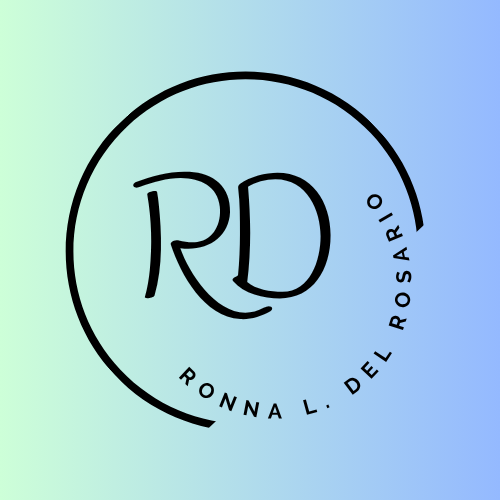Introduction
Data is one of the building blocks and acts as the primary catalyst of today’s modern technological infrastructure. From healthcare to finance to government to cybersecurity, a myriad of industries benefit from the creation, utilization, and maintenance of such data. One field that continues to impact our society’s vast network of data ecosystems is the field of informatics. As the University of Washington describes it, Informatics is “the study, design, and development of information technology for the good of people, organizations, and society.” Through data extraction, cleansing, analysis, visualization, and storytelling, data are transformed into actionable insights ready to benefit their respective sector. Moreover, informatics greatly emphasizes the increasing need for partnering and collaborating with other interdisciplinary professionals to truly maximize the widespread effects of everyone’s knowledge, skills, and other proficiencies.
Exploring the Realm of Informatics
When I first heard of the realm of informatics, I was in my early years of university. My Mom, a former RN, shared with me that there were nurses who utilized tech and worked to streamline Electronic Health Records (EHRs) for the overall objective of enhancing the workflows of clinicians and other staff members. Fast forward from around 2010 to 2022 when I developed an interest in coding and decided to take some workshops in front-end web development. This started a chain reaction where my initial interest in coding led me to discover User Experience/User Interface (UX/UI) Design, leading me to rediscover the realm of informatics. One day while searching for an Informatics program, I stumbled upon San Jose State University’s MS in Informatics program. Since my enrollment in the program in 2023, I have explored informatics and other interrelated fields such as cybersecurity, health data analytics, and human-centered design. This program has provided me numerous opportunities to learn and grow through coursework, conference presentations, and student leadership involvement. I can proudly say that not only has my interest in technology deepened but my fervor for enhancing the user experience and integrating the principles of usability, accessibility, and inclusivity was kindled.
About the e-Portfolio
This culminating project shines a spotlight on the diligent work invested and skills obtained through the various requirements of my graduate coursework for the MS in Informatics program at San Jose State University. By utilizing Notion, I prepared an initial plan that provided me the solid foundation to see this project to fruition:
● Read Course Syllabus
● Read e-Portfolio Assignment Guidelines
● Choose website platform for e-Portfolio
● Create a table with all courses taken & their corresponding competencies
● Continue organizing important docs, jotting down course milestones, and keeping track of other relevant info using Notion or another productivity application
Developing the e-Portfolio
Since I had already laid the groundwork of cross-referencing all courses taken and projects completed with their corresponding competencies, I found it fairly straightforward to write the evidence statement for each competency. After each competency’s approval, I systematically added the corresponding evidence statements to my website which allowed me to develop IT in an expedient manner. To wrap things up, I worked on the Introduction, Affirmation, and Conclusion. The following tools/applications were utilized to develop this culminating project: Notion, Google Docs, Google Sites, Google Slides, and Squarespace.
